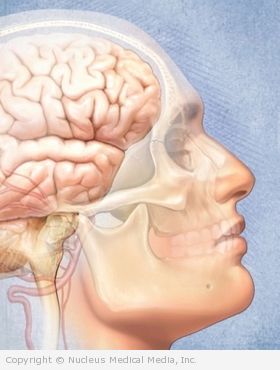Seasonal affective disorder – SAD
Seasonal affective disorder – Definition
Seasonal affective disorder (SAD) is a type of depression that corresponds to seasonal changes in light. It most commonly occurs in late fall and lasts through the winter and into spring. It’s not uncommon to feel “down” during the winter months. But people with SAD are not able to function normally during these months. It often begins during adolescence or young adulthood.

Seasonal affective disorder – Causes
The cause of SAD is not completely understood. It is clearly related to changes in seasonal light. Light affects cycles in the body. Lack of light during the winter months could possibly throw off levels of hormones and brain chemicals. This could contribute to the symptoms of SAD.
Scientists are also researching if SAD is related to lack of the chemical serotonin in the brain.
Seasonal affective disorder – Risk Factors
A risk factor is something that increases your chance of getting a disease or condition.
- Sex: female
- Living in northern latitudes
Seasonal affective disorder – Symptoms
People with SAD have seasonal symptoms that come and go each year. They usually peak during the winter and disappear during the spring and summer.
Symptoms can include:
- Depressed mood, feelings of sadness
- Cravings for sweet or starchy foods
- Overeating
- Significant weight gain or loss
- Lack of energy
- Oversleeping or insomnia
- Fatigue
- Irritability
- Social withdrawal
- Difficulty concentrating
- Decreased sexual desire
Seasonal affective disorder – Diagnosis
The doctor will ask about your symptoms and medical history, and perform a physical exam. You may be referred to a specialist in treating depression.
A diagnosis of SAD will only be made if you have some of the symptoms above and:
- Your symptoms have occurred annually for at least two years
- You have complete relief from symptoms during the summer months
Seasonal affective disorder – Treatment
Light Therapy
Light therapy is simple. The light box is made up of fluorescent bulbs, a reflective surface, and a diffusing screen. Ordinary household lighting is not sufficient. You sit a few feet away from the ultra-bright light for a certain amount of time each day, usually in the morning. You will be able to read or work during the therapy, as your eyes will remain open. Your doctor will probably start you off with 15-20 minutes a day. You will gradually increase the time, usually to 30-45 minutes daily.
There is some evidence that light therapy may be as effective as antidepressant therapy, but with fewer side effects.
Tanning beds are not recommended as a source of light therapy. They give off ultraviolet light, which can increase the risk of cancer. They also have not been proven effective for treating SAD. Many people find that getting outdoors for a walk each day is also helpful.
Anti-depressant Medications
Your doctor may prescribe anti-depressant medications. These medications are usually prescribed when a person does not feel better with light therapy or if the depression is very severe.
A medication called bupropion (Wellbutrin XL) has shown to be effective in preventing relapses of SAD.
Psychotherapy
Therapists can help you learn ways of managing stress and the symptoms of SAD.
Seasonal affective disorder – Prevention
There are no guidelines for preventing SAD because the cause is not understood. Researchers are studying the role of light therapy in preventing SAD. Light therapy just before the winter months and before the onset of depressive symptoms may prevent SAD from developing.
